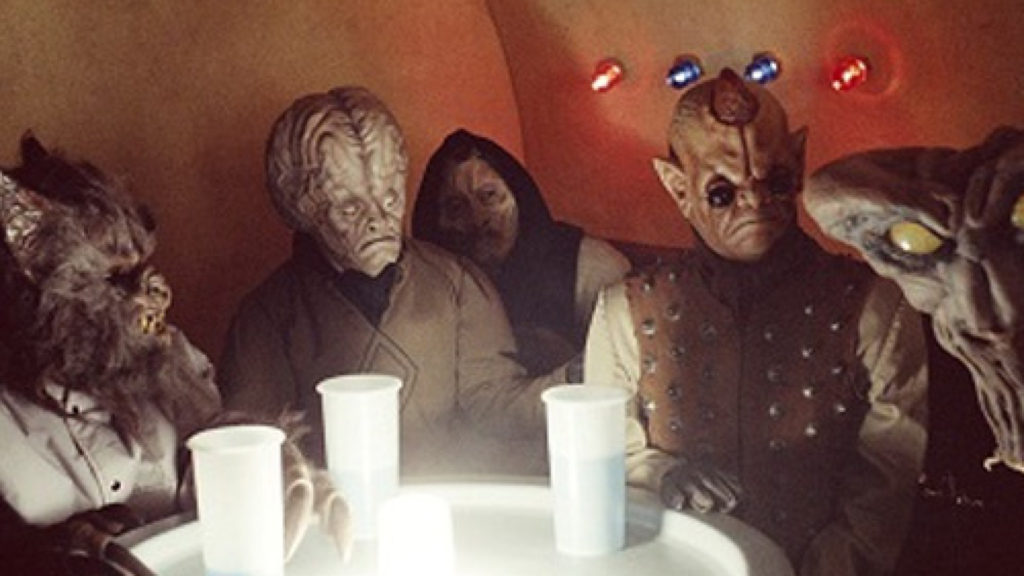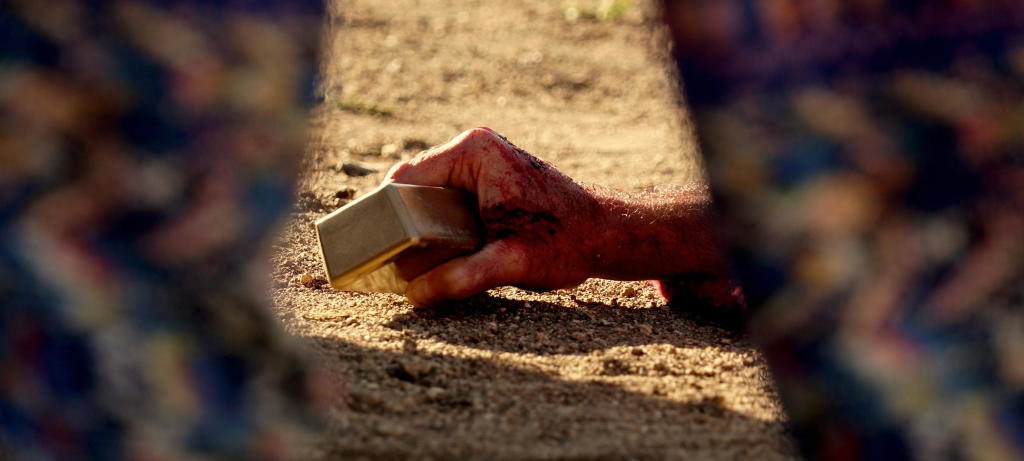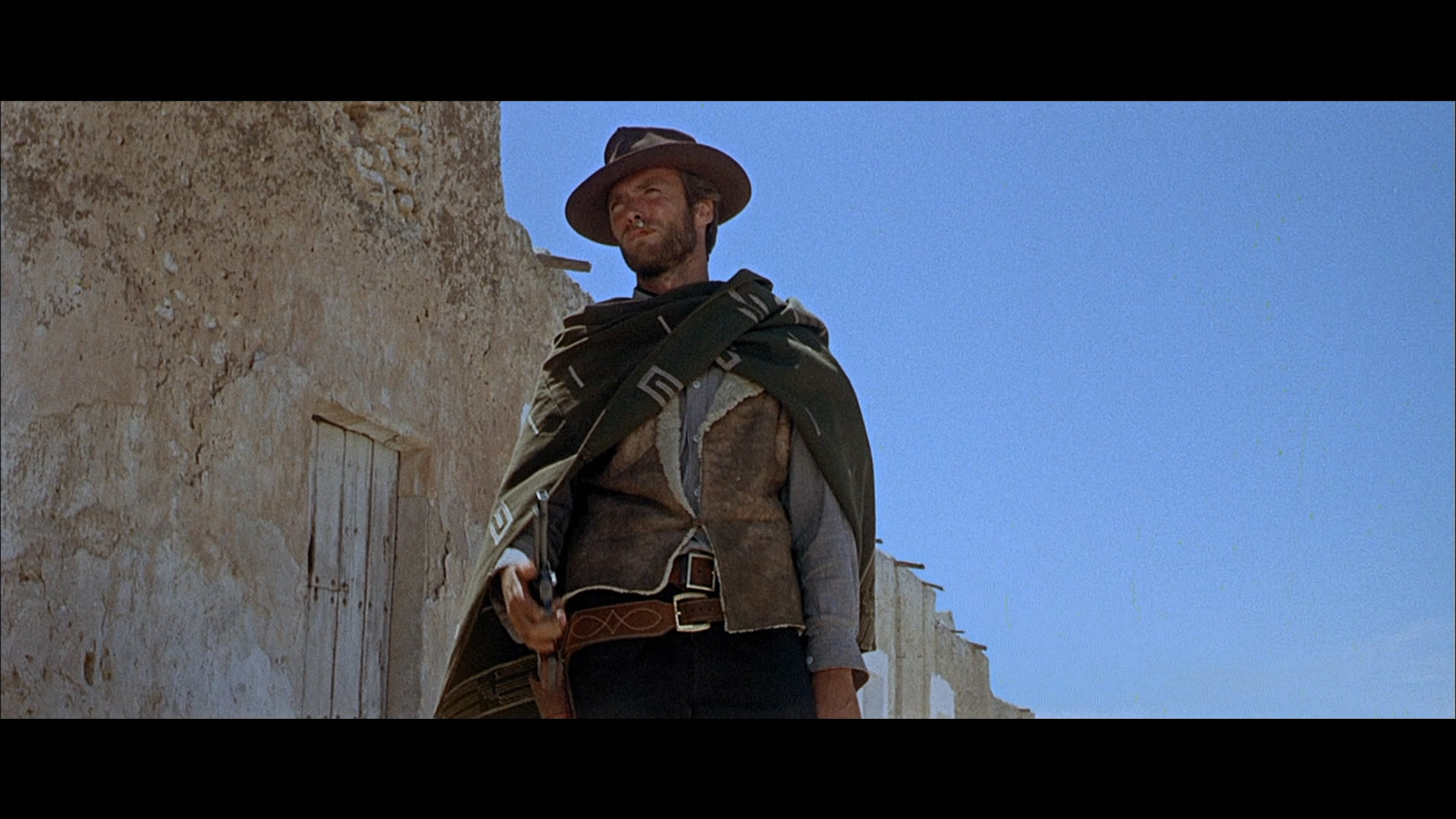Ennio Morricone, one of the greatest movie music composers (and perhaps the most iconic) has died. Among his 519 composing credits, he is most known for his groundbreaking scores in the Sergio Leone/Clint Eastwood Spaghetti Western trilogy: A Fistful of Dollars, For a Few Dollars More and The Good, the Bad and the Ugly. Morricone’s work was ever aspirational, seemingly seeking to become iconic, and he sure didn’t believe in understatement.
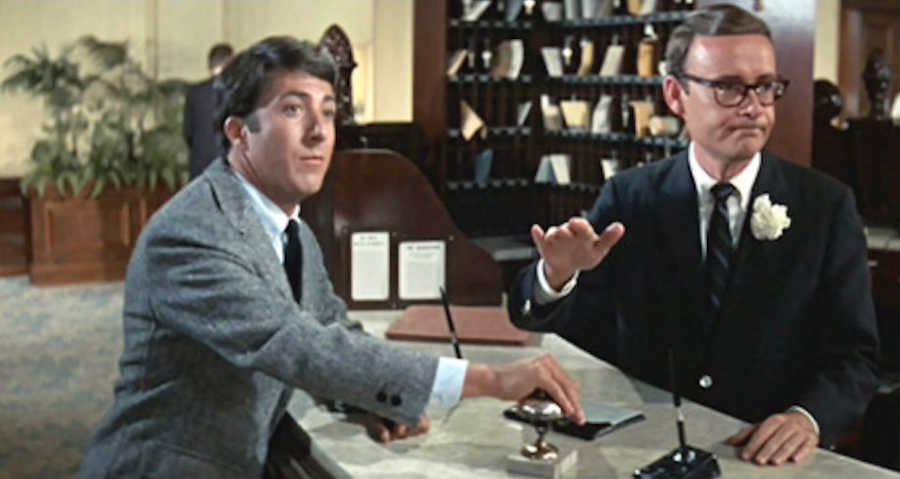
“I just want to say one word to you. Just one word…Plastics.” Screenwriter Buck Henry wrote some of the most iconic dialogue in the movies. “Mrs. Robinson, you’re trying to seduce me!” Henry was nominated for Oscars for adapting The Graduate screenplay and for directing Heaven Can Wait. Along with The Graduate, I also love his screenplay for What’s Up, Doc? He also played the hotel clerk in The Graduate and played himself in The Player, pitching The Graduate II. He appeared often on Saturday Night Live, once getting nipped by John Belushi’s samurai sword. His NYT obit includes his birth name and other tidbits.
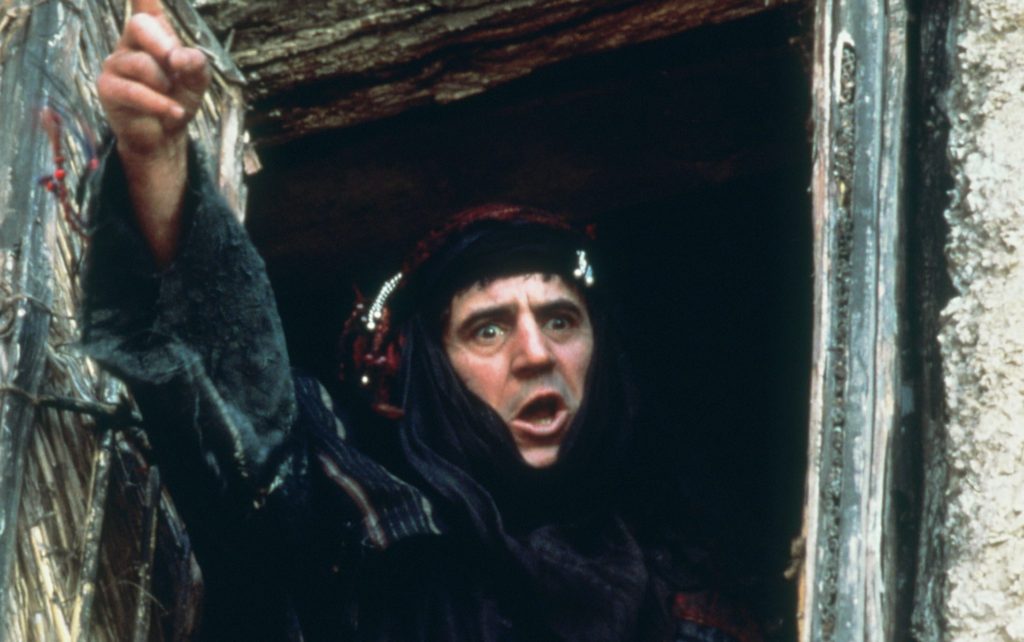
Best known as member of Monty Python’s Flying Circus, Terry Jones was responsible for much of the troupe’s surreal and wicked humor; he embraced cross dressing as British matrons in Python skits. Jones thought up And Now for Something Completely Different, co-directed Monty Python and the Holy Grail and wrote the The Meaning of Life. Jones wrote and directed one of the wittiest films ever, The Life of Brian.
The novels of author John le Carré made for unforgettable cinema. Le Carré’s complicated and conflicted Cold Warriors battled though what he revealed to be corrupting bureaucratic game. His work was the most sublime literature, and it elevated the spy movie genre. The VERY best screen adaptations of le Carré’s work are the BBC miniseries Tinker, Tailor Soldier, Spy (1979) and Smiley’s People (1982) with Alec Guinness.
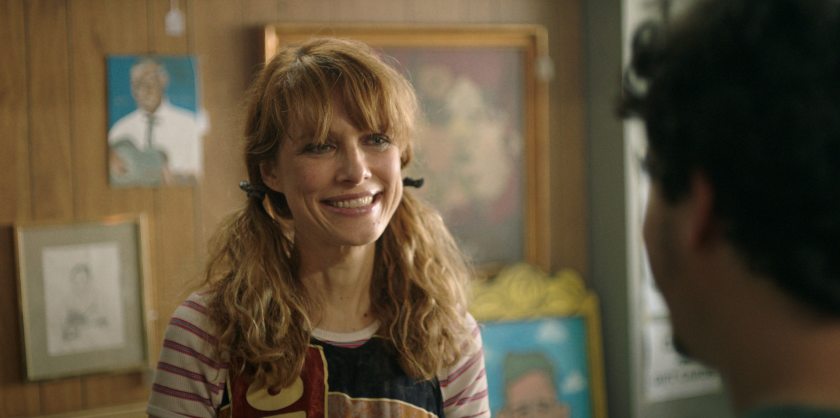
Director Lynne Shelton was the best of the mumblecore directors with Your Sister’s Sister, Touchy Feely, Laggies, Outside In and Sword of Trust. Between her uncompromisingly authentic and goofy indies, she was sought out to direct mainstream TV like Mad Men and GLOW. She got in front of her own camera in Sword of Trust and delivered one of last year’s best performances.
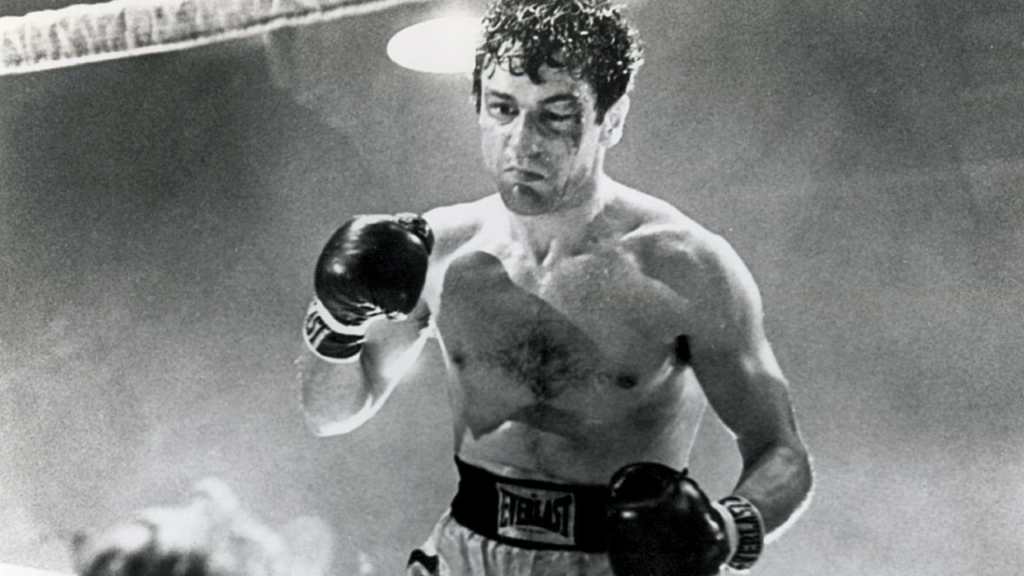
Cinematographer Michael Chapman shot the most stunning boxing scenes ever in Raging Bull. Before that, Chapman had an amazing run of work in indelible films from 1973 through 1979: The Last Detail, Taxi Driver, The Last Waltz, Invasion of the Body Snatchers, The Wanderers.
Alan Parker had a gift for directing modern musicals (Bugsy Malone, Fame, Pink Floyd’s The Wall, Evita) but he was Oscar-nominated for two harrowing dramas, Midnight Express and Mississippi Burning. He also directed the deliciously trashy Angel Heart. My favorite Alan Parker film is the ever-delightful The Commitments.
Director Ivan Passer came out of the Czech New Wave (Intimate Lighting) to work in the US (fifteen features including award-winning Haunted Summer and Robert Duvall’s Stalin). My favorite Passer film is his 1981 Cutter’s Way, with its early Jeff Bridges and fine performances by John Heard and Lisa Eichhorn – and it’s still the best film set in Santa Barbara. I watched it again recently and it still holds up; you can stream it from Amazon, iTunes, Vudu, YouTube and Google Play.
Director Joel Schumacher had been a department store window dresser when he broke into movies as a set designer. Then he wrote the screenplay for the wonderful guilty pleasure Car Wash, which led to directing the similar DC Cab. His career took off when he launched the Brat Pack with St Elmo’s Fire, and followed that with Batman and Robin. My favorite Schumacher film is the 2002 thriller Phone Booth, in which an Everyman – or is he? – (Colin Farrell) is trapped in a phone booth by a sniper villain (Kiefer Sutherland); Phone Booth can be streamed from all the usual sources.
Production designer Ron Cobb imagined and brought to life the spacecraft in Alien, the DeLorean in Back to the Future and, in Star Wars, a dive bar for mercenaries in Space.
